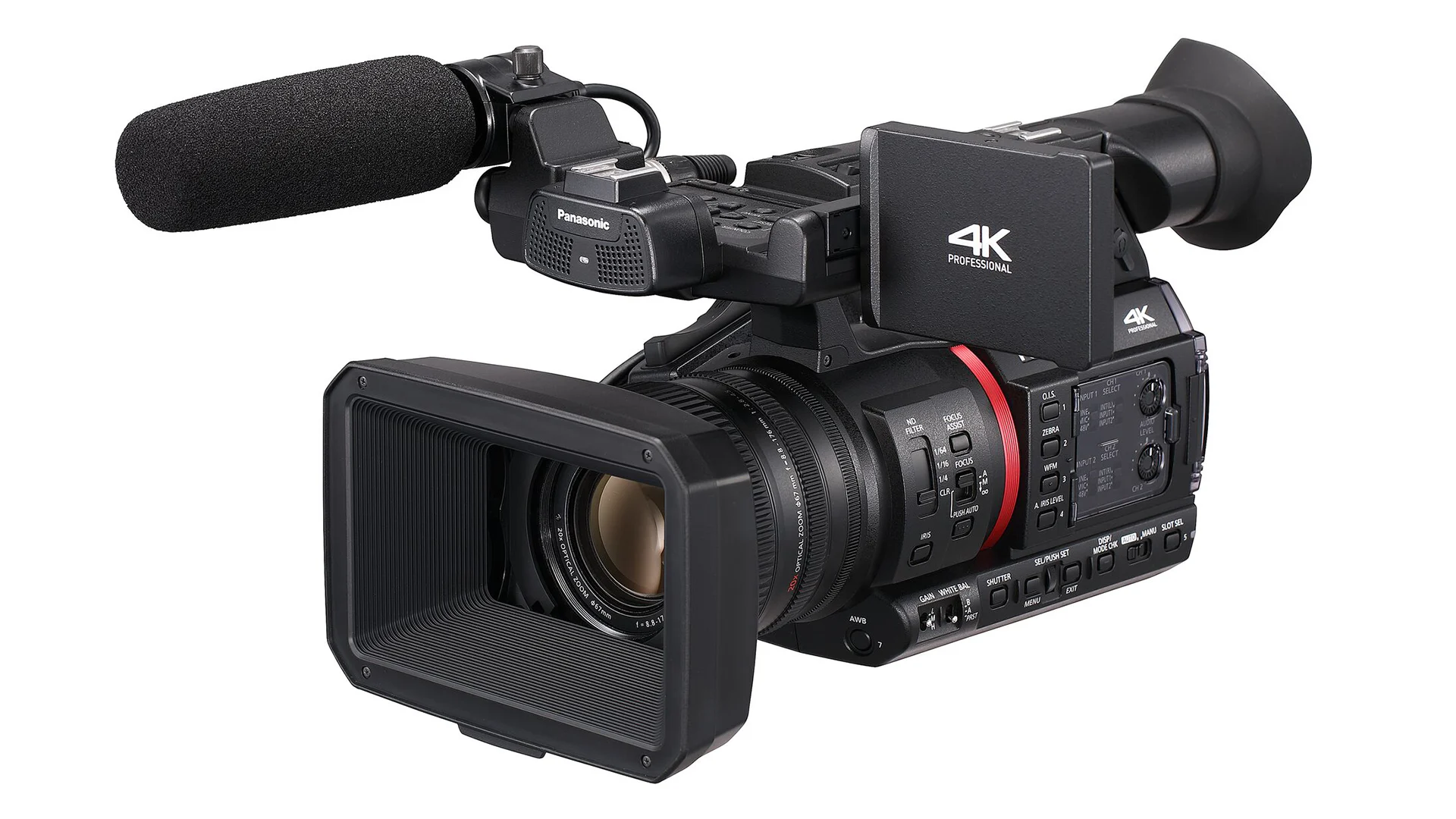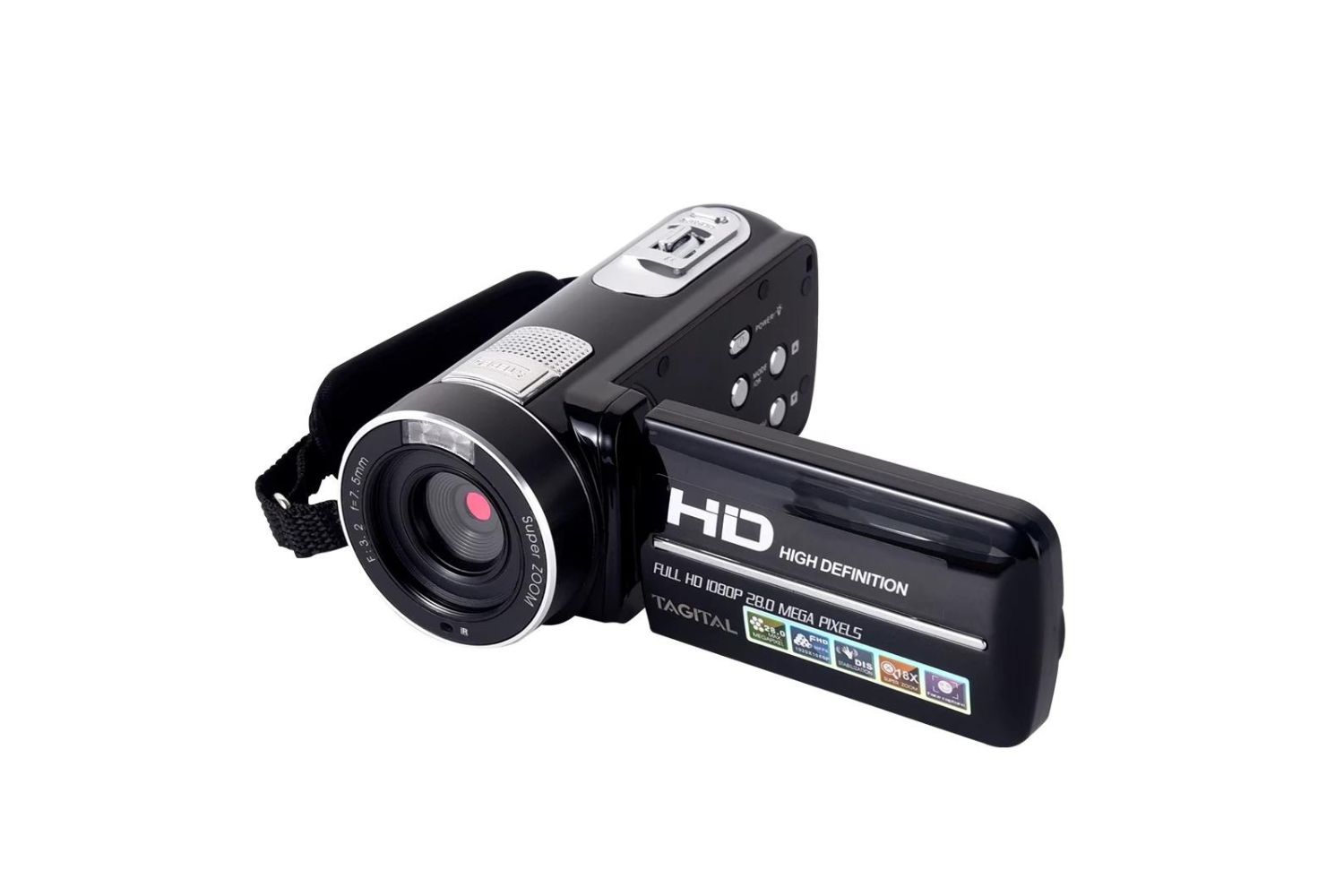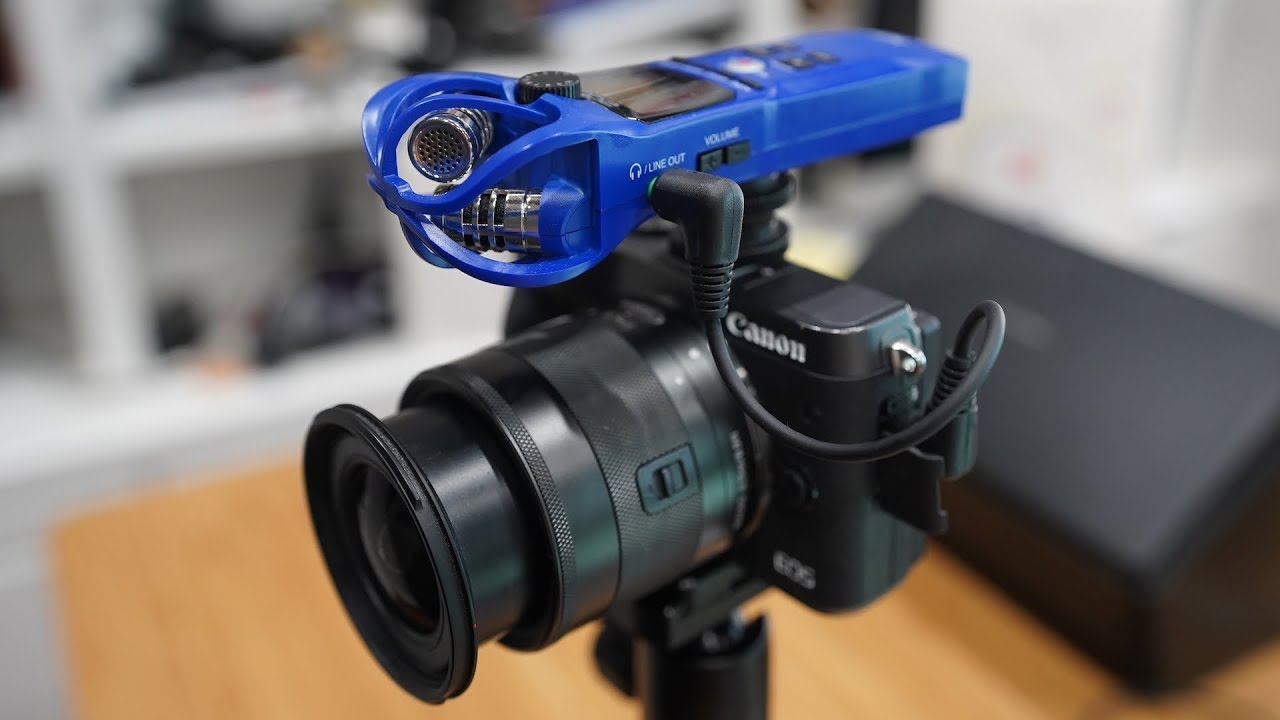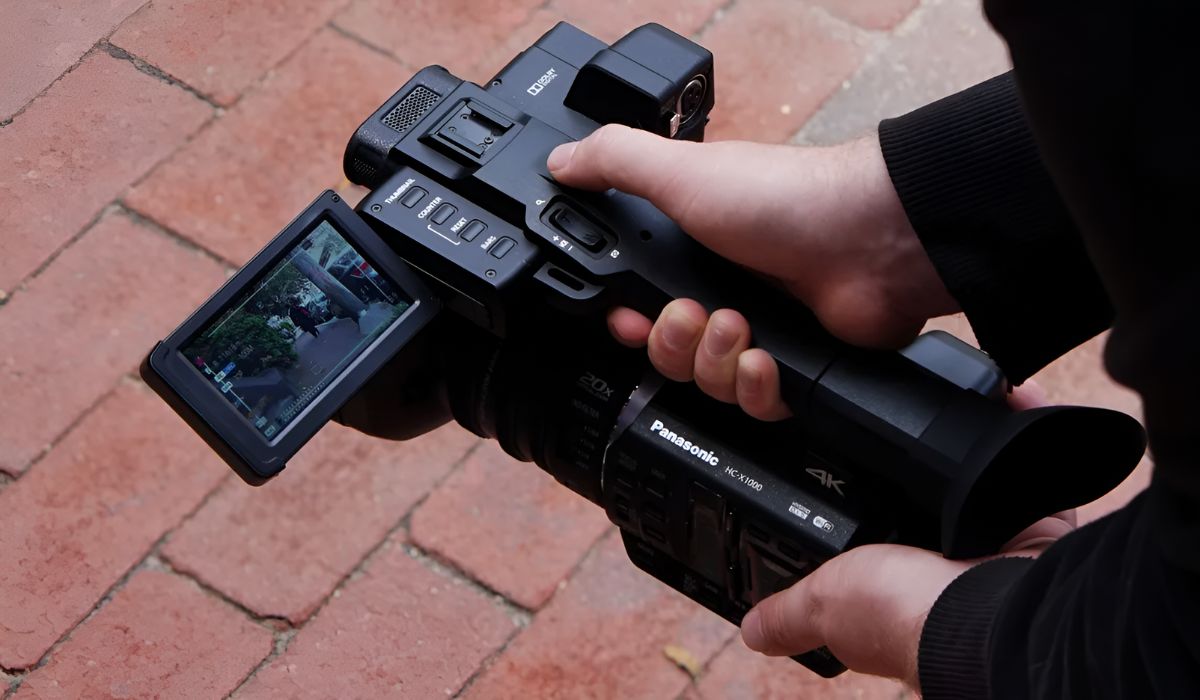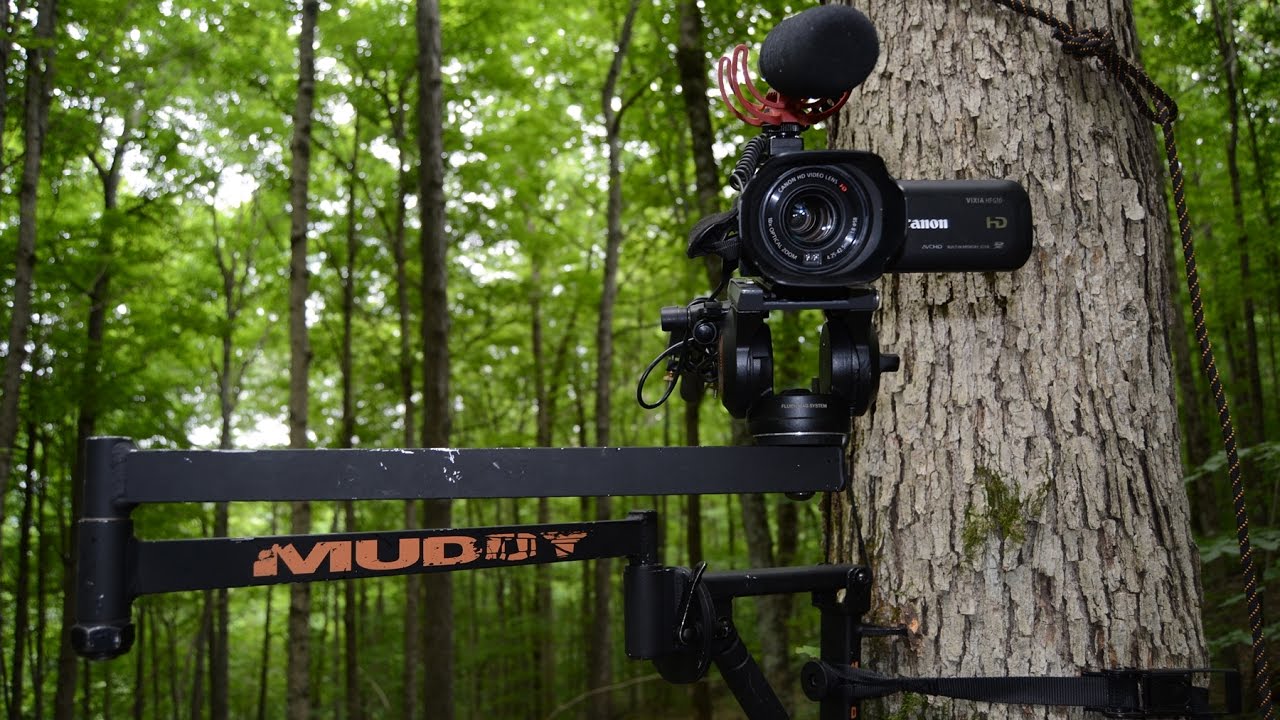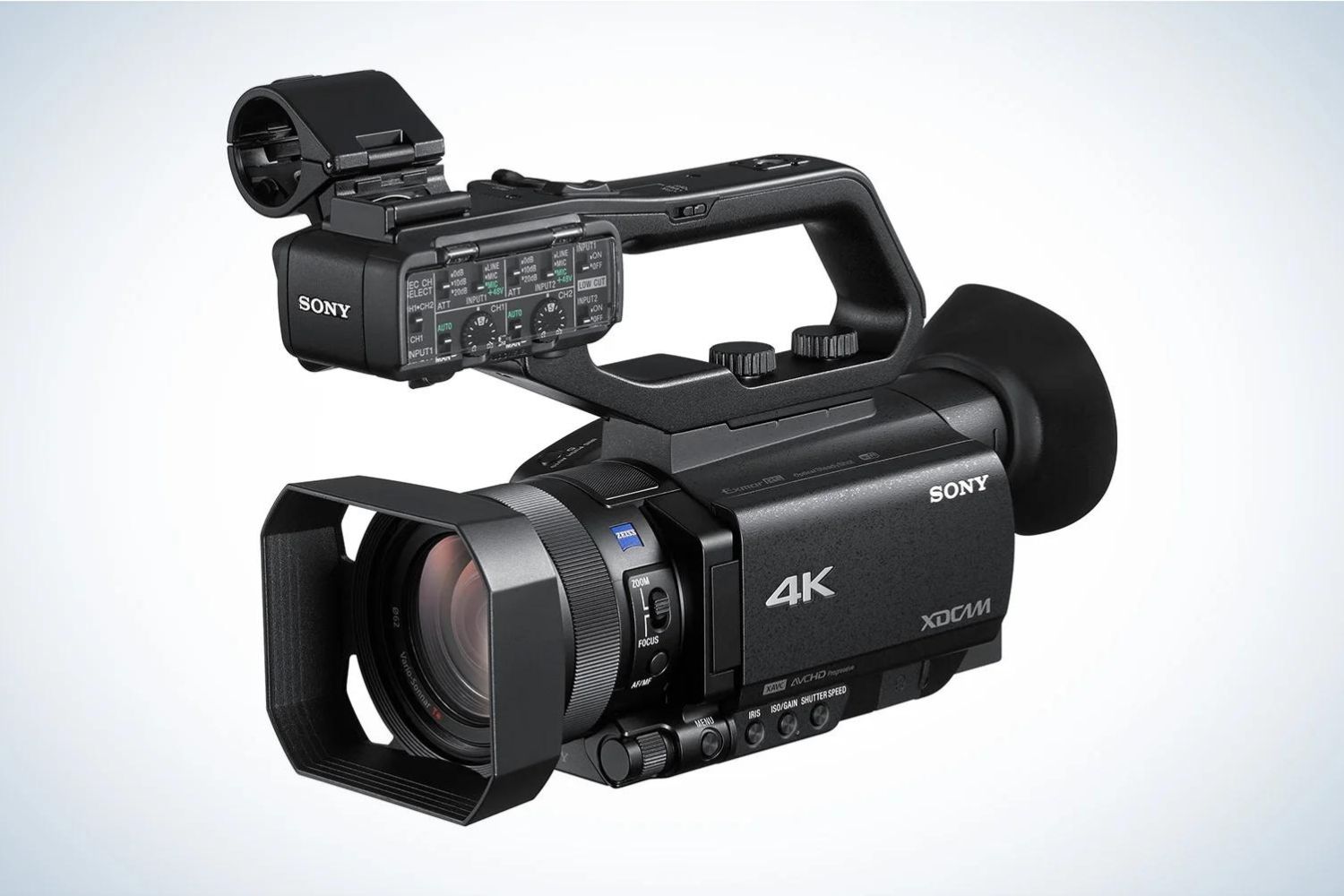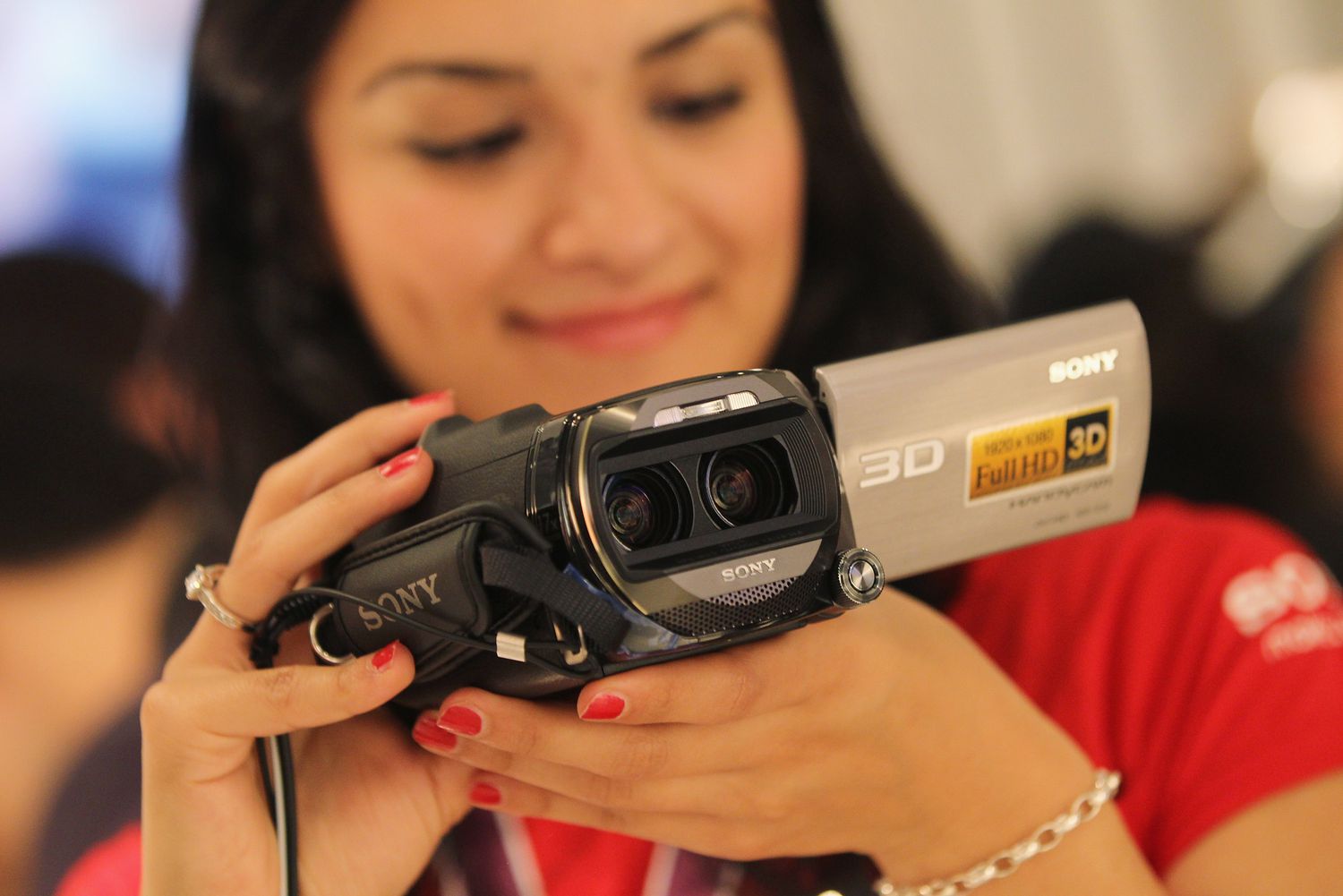Understanding Optical Zoom
Understanding Optical Zoom
Optical zoom is a critical specification to consider when purchasing a camcorder. It refers to the camera's ability to magnify an image without sacrificing image quality. Unlike digital zoom, which simply enlarges the pixels, optical zoom physically adjusts the lens to bring the subject closer, resulting in clear and detailed images.
Advantages of Optical Zoom
- Enhanced Image Quality: Optical zoom maintains the image's sharpness and clarity even when zoomed in, as it manipulates the lens rather than digitally enlarging the picture.
- Versatility: It allows for capturing distant subjects with precision, making it an invaluable feature for nature enthusiasts, sports photographers, and videographers.
- Creative Freedom: With optical zoom, you can frame your shots more effectively, experiment with different compositions, and capture details that may be missed with a fixed focal length.
Understanding Optical Zoom Specifications
When reviewing optical zoom specifications, it's essential to focus on the magnification factor and the focal length range. The magnification factor, expressed as "x," indicates how much the camcorder can magnify the image. For instance, a 10x optical zoom can make the subject appear ten times closer than it actually is. Additionally, the focal length range denotes the camera's ability to capture wide-angle shots and close-up details.
Practical Application of Optical Zoom
Imagine you're filming a nature documentary and encounter a rare bird perched high in a tree. With a high optical zoom, you can capture the bird's intricate plumage and behavior without disturbing its natural habitat. Similarly, during a sports event, optical zoom enables you to zoom in on the action, preserving the image's clarity and vibrancy.
Understanding optical zoom empowers you to make informed decisions when selecting a camcorder, ensuring that your footage maintains exceptional quality regardless of the distance from your subject.
Explaining Digital Zoom
Explaining Digital Zoom
Digital zoom is another crucial aspect to consider when evaluating camcorder specifications. Unlike optical zoom, which physically adjusts the lens to magnify the image, digital zoom enlarges the pixels within the frame, resulting in a loss of image quality as the magnification increases. While digital zoom can extend the apparent reach of the lens, it's important to comprehend its limitations and impact on image fidelity.
Understanding Digital Zoom Functionality
Digital zoom achieves magnification by cropping and enlarging the existing image captured by the sensor. As the magnification factor increases, the pixels are stretched, leading to a decrease in image sharpness and detail. This process essentially simulates the effect of zooming in during post-processing, rather than capturing additional visual information.
Limitations of Digital Zoom
- Image Quality Degradation: As digital zoom enlarges the pixels, the image becomes increasingly pixelated and loses clarity, especially when compared to the crispness of optical zoom.
- Artifacts and Noise: The process of digitally enlarging the image can introduce visual artifacts and noise, detracting from the overall quality of the footage.
- Reduced Detail Capture: Digital zoom may struggle to capture fine details, textures, and nuances, particularly in low-light conditions, due to the limitations of the original image data.
Practical Application of Digital Zoom
While optical zoom is preferred for maintaining image quality, digital zoom can still be beneficial in certain scenarios. For instance, when filming stationary subjects or in well-lit environments, digital zoom can extend the reach of the lens without significantly compromising the footage's quality. Additionally, for online content creation or social media sharing, where image fidelity may be less critical, digital zoom can offer a cost-effective way to enhance the composition of the footage.
Understanding the functionality and limitations of digital zoom empowers videographers to leverage this feature judiciously, complementing the capabilities of optical zoom to capture compelling visuals while preserving image quality.
Interpreting Focal Length
The focal length of a camcorder lens plays a pivotal role in determining the field of view and magnification capabilities, profoundly influencing the composition and visual impact of the captured footage. Understanding focal length empowers videographers to select the most suitable lens for their desired shooting scenarios, whether it involves expansive landscapes, intimate portraits, or dynamic action sequences.
Defining Focal Length
Focal length is the distance between the lens’s optical center and the image sensor when the subject is in focus. It is typically measured in millimeters and directly correlates to the angle of view and magnification. A shorter focal length results in a wider field of view, making it ideal for capturing expansive scenes, while a longer focal length narrows the angle of view, enabling magnification and emphasizing distant subjects.
Understanding Focal Length Specifications
When evaluating focal length specifications, it’s essential to consider both the optical and digital focal lengths. The optical focal length determines the physical properties of the lens and directly impacts the perspective and composition of the footage. On the other hand, the digital focal length, often associated with digital zoom, influences the apparent magnification of the captured image.
Practical Application of Focal Length
Imagine you are filming a travel vlog, aiming to capture the breathtaking vistas of a mountainous landscape. A wide-angle lens with a shorter focal length would be instrumental in encompassing the expansive scenery, immersing the audience in the grandeur of the surroundings. Conversely, when documenting wildlife in its natural habitat, a telephoto lens with a longer focal length allows you to magnify distant subjects, revealing intricate details and behaviors without intruding on their environment.
Interpreting focal length enables videographers to make informed decisions when selecting lenses, ensuring that each composition is meticulously crafted to convey the intended visual narrative and evoke emotive responses from the audience.
Considering Aperture Range
When assessing camcorder specifications, the aperture range holds significant importance as it directly influences the amount of light entering the lens and subsequently impacts the exposure, depth of field, and overall image quality. Understanding the aperture range equips videographers with the knowledge to adapt to diverse lighting conditions and achieve their desired visual effects.
Exploring Aperture Functionality
The aperture, denoted by the f-number, regulates the size of the lens opening and controls the volume of light reaching the image sensor. A wider aperture (represented by a lower f-number) allows more light to enter, facilitating shorter exposure times and enabling the creation of a shallow depth of field, ideal for isolating subjects and creating a captivating bokeh effect. Conversely, a narrower aperture (indicated by a higher f-number) reduces the light intake, resulting in longer exposure durations and an extended depth of field, suitable for capturing intricate details in expansive scenes.
Significance of Aperture Range
Camcorders with a versatile aperture range offer adaptability in various shooting conditions. A wide maximum aperture, such as f/1.8, excels in low-light environments, enhancing the camcorder’s performance in dimly lit settings and allowing for compelling visual storytelling without excessive noise or graininess. On the other hand, a narrower minimum aperture, such as f/16, is advantageous for landscape videography, ensuring that both foreground and background elements remain sharply in focus, contributing to a comprehensive and immersive visual narrative.
Practical Application of Aperture Range
Consider a scenario where you are capturing a sunset beach scene, aiming to emphasize the vibrant hues of the sky while maintaining the intricate details of the foreground elements. A camcorder with a wide aperture range enables you to select a lower f-number to achieve a shallow depth of field, accentuating the sun-kissed clouds and creating a dreamy ambiance. Conversely, when documenting a bustling cityscape at dusk, a narrower aperture preserves the sharpness of both the illuminated urban skyline and the bustling street activities, ensuring a comprehensive portrayal of the dynamic environment.
By considering the aperture range, videographers can harness the interplay of light and focus to craft visually compelling narratives, adapting to diverse shooting scenarios and elevating the impact of their footage through masterful control of exposure and depth of field.
Evaluating Image Stabilization Technology
Image stabilization technology is a pivotal feature in modern camcorders, designed to mitigate the impact of camera shake and movement, thereby enhancing the overall visual quality of captured footage. Understanding the capabilities and nuances of image stabilization empowers videographers to maintain steady and professional-looking shots, regardless of the shooting conditions.
Functionality of Image Stabilization
Image stabilization technology operates through various mechanisms, including optical, digital, and sensor-shift stabilization. Optical stabilization involves the physical movement of lens elements to counteract camera shake, while digital stabilization utilizes software algorithms to compensate for unwanted motion. Sensor-shift stabilization, on the other hand, adjusts the position of the image sensor to counteract vibrations and movements, ensuring steady footage even in dynamic environments.
Advantages of Image Stabilization
Camcorders equipped with robust image stabilization technology offer several benefits, including the ability to capture smooth and steady footage during handheld shooting, panning movements, and while tracking subjects in motion. This feature is particularly advantageous for vloggers, documentary filmmakers, and content creators who rely on portable setups and need to adapt to unpredictable shooting scenarios without compromising visual quality.
Practical Application of Image Stabilization
Imagine you are filming a travel documentary that involves capturing the vibrant energy of a bustling marketplace. With effective image stabilization, you can confidently navigate through the crowded alleys, ensuring that the footage remains stable and immersive, free from the jarring effects of camera shake. Additionally, when documenting outdoor activities or adventure sports, image stabilization technology enables you to maintain a professional and polished visual aesthetic, enhancing the overall viewing experience for your audience.
By evaluating the capabilities of image stabilization technology, videographers can confidently select camcorders that align with their creative vision, enabling them to capture compelling footage with a professional and cinematic quality, regardless of the shooting conditions or environmental variables.







